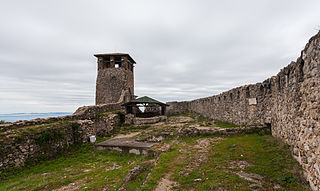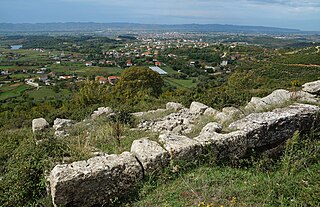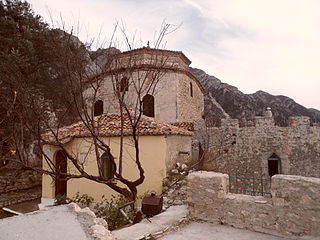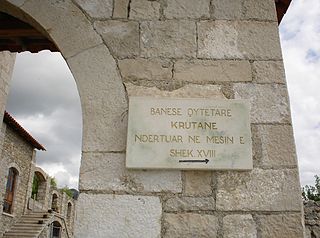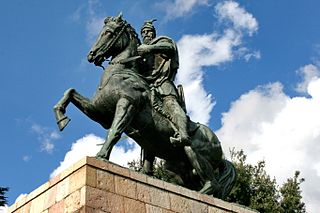5 Sights in Kruje, Albania (with Map and Images)
Legend
Welcome to your journey through the most beautiful sights in Kruje, Albania! Whether you want to discover the city's historical treasures or experience its modern highlights, you'll find everything your heart desires here. Be inspired by our selection and plan your unforgettable adventure in Kruje. Dive into the diversity of this fascinating city and discover everything it has to offer.
1. Krujë Castle
The Krujë Castle is a castle in the city of Krujë, Albania and the center of Skanderbeg's rebellion against the Ottoman Empire. Inside the castle is the Teqe of Dollme of the Bektashi, the National Skanderbeg Museum, the remains of the Fatih Sultan Mehmed mosque and its minaret, an ethnographic museum and a Turkish bath.
2. Zgërdhesh
Zgërdhesh is an archeological site in Albania. It is located south of the road from Fushë-Kruja to Kruja. Zgërdhesh is somewhat of a mystery because it is unmentioned in ancient sources. Some scholars believe, however, that it may be the site of ancient Albanopolis, referred to by Pliny the Elder. The Illyrian settlement here seems to have been founded in the 7th or 6th century BC and flourished in the 4th and 3rd centuries, before being abandoned in the 2nd century BC, when the inhabitants moved to Durrës and Lezha.
3. Teqeja e Dollmës
The Tekke of Dollmë or Haxhi Mustafa Baba Tekke is a Cultural Monument of Albania, located in Lagjja Kala, Krujë. Before its destruction by the Communist dictatorship, the tekke of Krujë had 360 holy graves and was known as "Little Khorasan".
4. National Ethnographic Museum
The Ethnographic Museum of Kruja is located within the castle of Kruja. This museum was erected in the toptanve family home, which is a 1764 "çardak" type building. The building is a cultural monument of the 1st category. In the interior environments, as well as the objects presented in the outdoor environments, a complete view of the crafts exercised in Kruja and throughout Albania, as well as the way of life starting 300 years ago. 90% of the objects of this museum are original and 100% functional. In it we find objects of ceramic, wood, stone, iron, cotton, silk, wool, various embroideries exposed with finesse. The age of these objects ranges from 60-70 to 500 years old. The National Ethnographic Museum of Kruja was inaugurated on 20 November 1989.
5. Skanderbeg Statue
The Skanderbeg Monument in The Lycea was erected in The 1949. It was the first monument to Skanderbeg in Albania, the work of Janaq Paços, a talented sculptor. Set on a simple pjedestal, in the form of pyramidal cone, the skanderbeg statue is erected on horseback, imagining the moment when it prepares to attack the enemy vigorously, responding to the legendary image of the people for the national hero. The silhouettes are clearly cut, the plastic volumes with deepened contours prominently, telling the sensing of an internal strain. Against the backdrop of the rutted belted mountain as well as the historic castle, the monument is part of the city's characteristic view.
Share
Disclaimer Please be aware of your surroundings and do not enter private property. We are not liable for any damages that occur during the tours.
